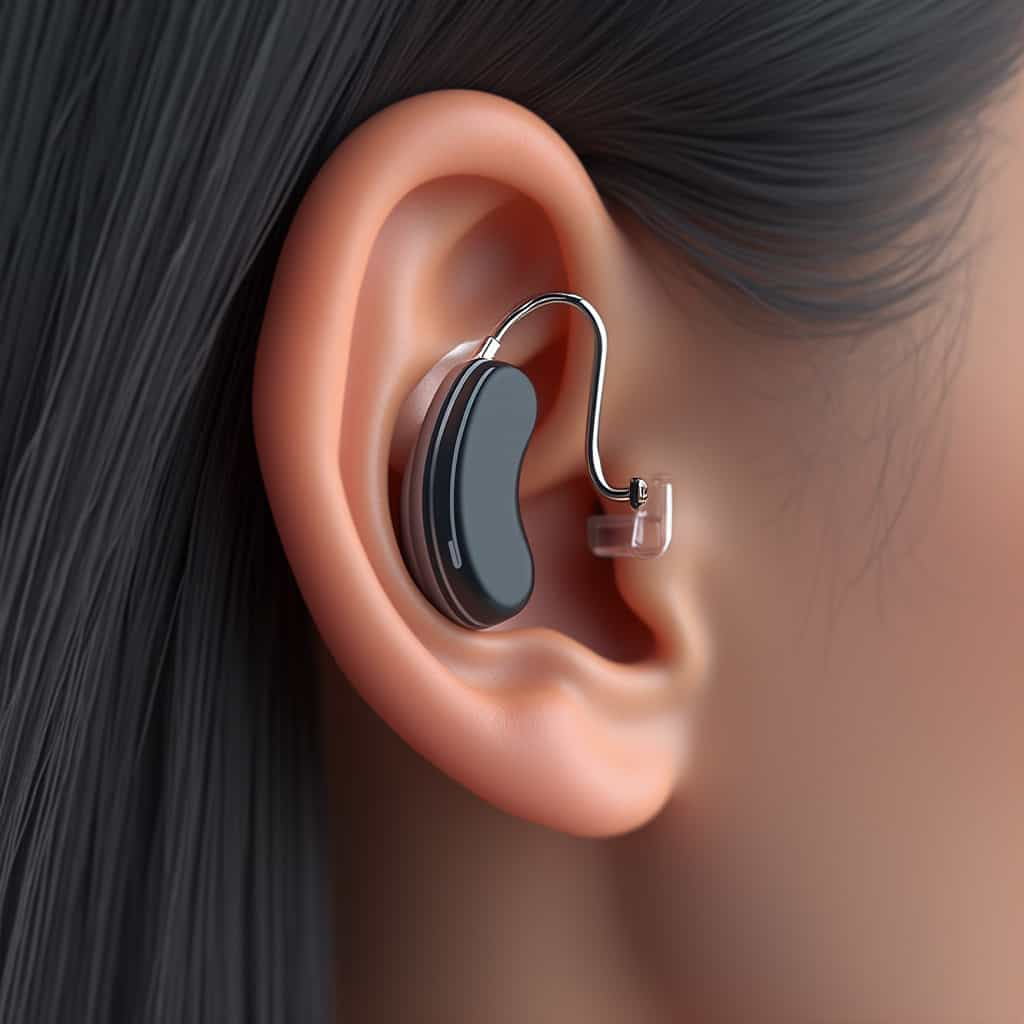The journey of hearing aids from rudimentary ear trumpets to highly sophisticated external devices with digital capabilities is a tale of innovation spurred by a necessity to enhance communication for those with hearing impairments. External hearing aids have become more than mere amplifiers; they are complex systems integrating advanced digital technologies to cater to diverse needs. Today, they stand as a testament to how far technological ingenuity can go to improve the quality of life.
The most prevalent types of external hearing aids today comprise behind-the-ear (BTE), receiver-in-canal (RIC), and in-the-ear (ITE) models. Each offers distinct advantages tailored for varying degrees of hearing loss. BTE models, known for their versatility, house most electronic components in a small case that sits behind the ear, while a clear tube directs amplified sound into an earmold inside the ear canal. This design is highly sought after for its ability to accommodate significant amplification and battery life.
RIC aids, on the other hand, are celebrated for their discreetness and broad sound frequency capture. They largely mirror the BTE design but move the speaker—the receiver—into the ear tip, purportedly reducing distortion and enhancing sound clarity. This subtle adjustment caters to wearers looking for optimal sound quality without compromising on aesthetics. In contrast, ITE devices fill a portion of the outer ear and are custom-made to fit the user’s ear canal, providing substantial amplification for severe hearing loss.
In recent years, seismic shifts within the hearing aid industry have stimulated the integration of AI-driven technologies. Dr. Elaine Haller, a leading audiologist at the University of California, remarks, ‘AI in hearing devices is transforming the landscape by offering enhanced personalization through adaptive learning algorithms. These systems can predict and adjust settings based on the wearer’s environment and historical data, improving both user satisfaction and device effectiveness.’
The use of Bluetooth and other wireless technologies in external hearing aids provides connectivity to smartphones and other electronic devices, allowing seamless streaming of calls, music, and other audio directly into the devices. This symbiosis has opened a new frontier of accessibility, enabling users to control their hearing aids through dedicated apps, adjusting volume, switching between programs, and even locating lost devices via GPS.
Behind these technological advancements are rigorous research and development programs. The National Institute on Deafness and Other Communication Disorders (NIDCD) is pioneering studies to explore alternative sound wave modulation techniques. These innovative methods aim to revolutionize how sound is captured and rendered by hearing aids, potentially increasing sound fidelity beyond current capabilities.
Similarly, Europe has become a hub for hearing aid innovation, especially in Denmark, where companies like Oticon and Widex continue to lead in designing acoustically efficient devices. The growing adoption of external hearing aids in Europe is partly attributed to comprehensive health insurance policies covering hearing aid expenses—an encouraging factor driving consumers to opt for advanced hearing technologies.
In contrast, usage in developing regions remains low due to economic constraints and lack of awareness. Initiatives such as the World Health Organization’s ‘Make Listening Safe’ campaign strive to increase access to hearing care globally, underscoring the critical need to bridge the gap between developed and underdeveloped regions. Dr. Njoroge, a public health official in Kenya, notes, ‘Raising awareness is vital in creating demand, which can further drive price reductions and accessibility of hearing aids.’
Looking into the future, several experimental technologies are proving to be promising. One such project is the development of smart hearing aids capable of detecting falls and alerting emergency contacts—an innovation aimed at improving the safety net for elderly users. Additionally, research into gene therapy for hearing loss may redefine the role of external hearing aids, possibly relegating them to a supplementary status rather than primary care solutions.
Despite these advancements, myths and misconceptions about hearing aids persist. Many believe external hearing aids are bulky and uncomfortable, a stereotype debunked by the sleek, ergonomic designs available today. Moreover, consumer reluctance is often fueled by the stigma associated with wearing hearing aids—a challenge that the industry is slowly overcoming by mainstreaming devices as fashionable tech accessories.
With a commitment to inclusivity and technological advancement, the journey towards maximizing hearing aids’ potential continues. As the world evolves toward greater auditory inclusivity, the role of hearing aids as facilitators of enhanced communication and connectivity remains invaluable.
You may also like
Elderly Care with Caregivers: Costs and Benefits Across Regions
Elderly care with professional caregivers has become a crucial service in our aging societies. This article delves into the proposals, costs, and benefits of hiring caregivers, as well as the geographical variances in care options and challenges.
Elderly Care in Nursing Homes: Proposals, Costs and Advantages
This article explores the intricacies of elderly care in nursing homes, shedding light on various proposals, costs, and benefits. It delves into regional differences in elderly care practices and explores the social, economic, and emotional impacts on families and caregivers.
Internal Hearing Aids and Cutting-Edge Technologies
This article delves into the advancements and variety of internal hearing aids, highlighting emerging technologies and geographical usage trends. It explores current devices, ongoing research, and the global landscape of hearing aid adoption.
Dental Aligners: Modern Methods and Emerging Treatments in Orthodontics
This in-depth article explores the world of dental aligners, covering existing methodologies, treatments, and challenges specific to pediatric cases. It also examines the incidence of orthodontic interventions across various geographical regions and delves into innovative studies on experimental dental aligners.
